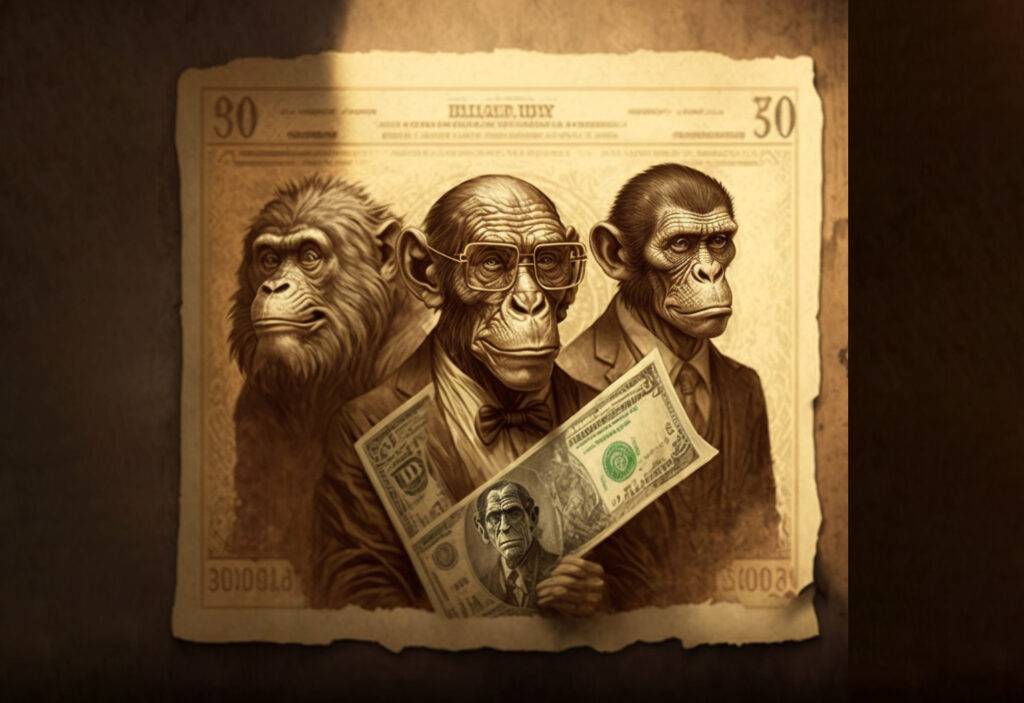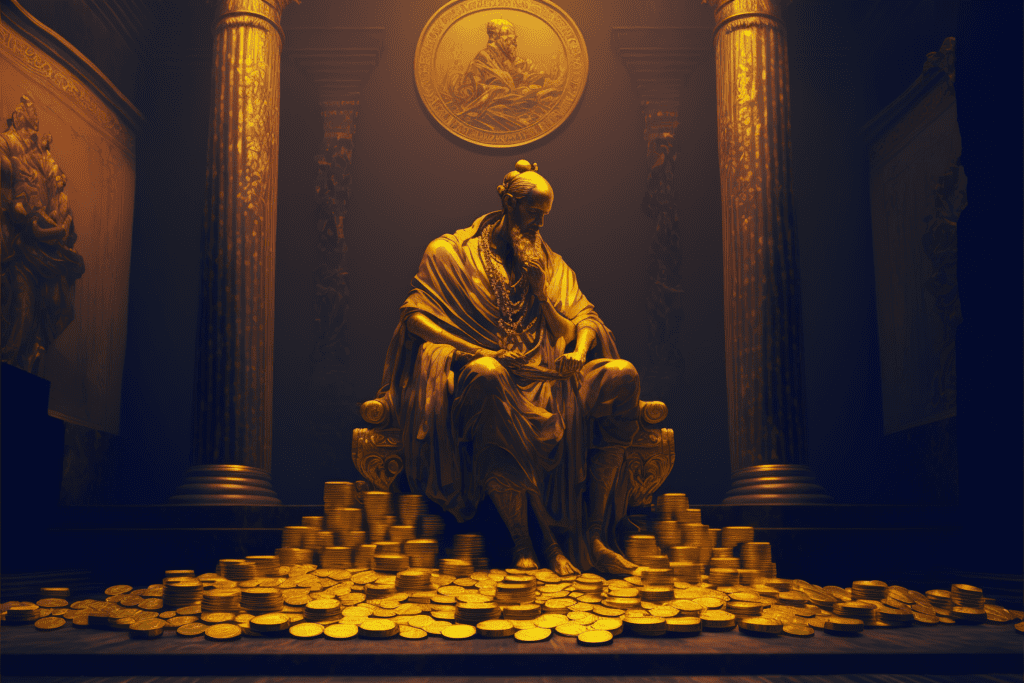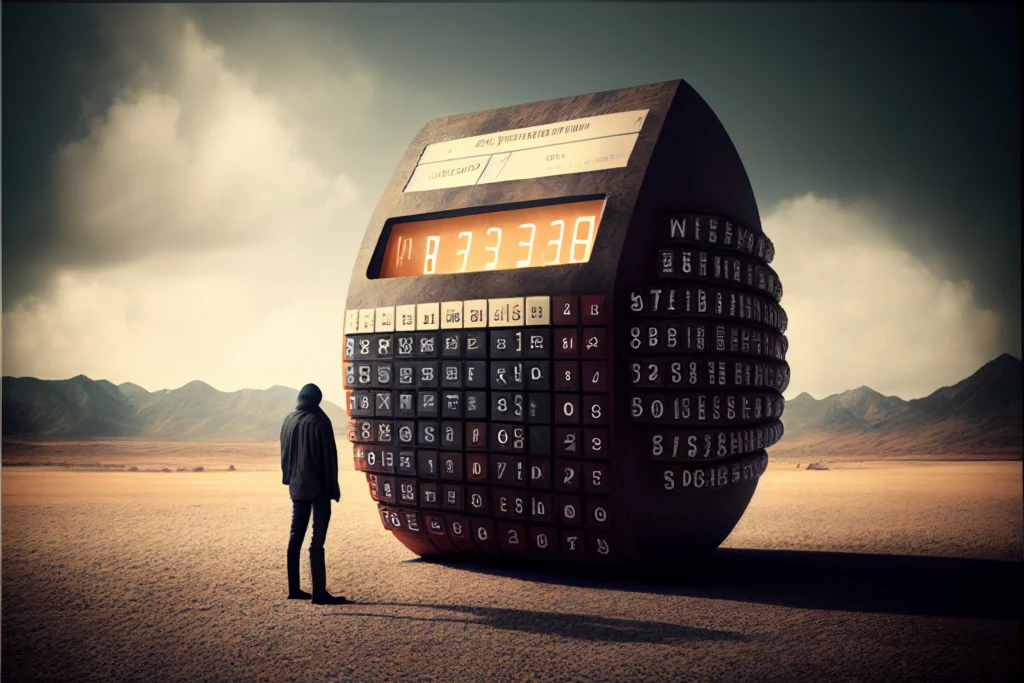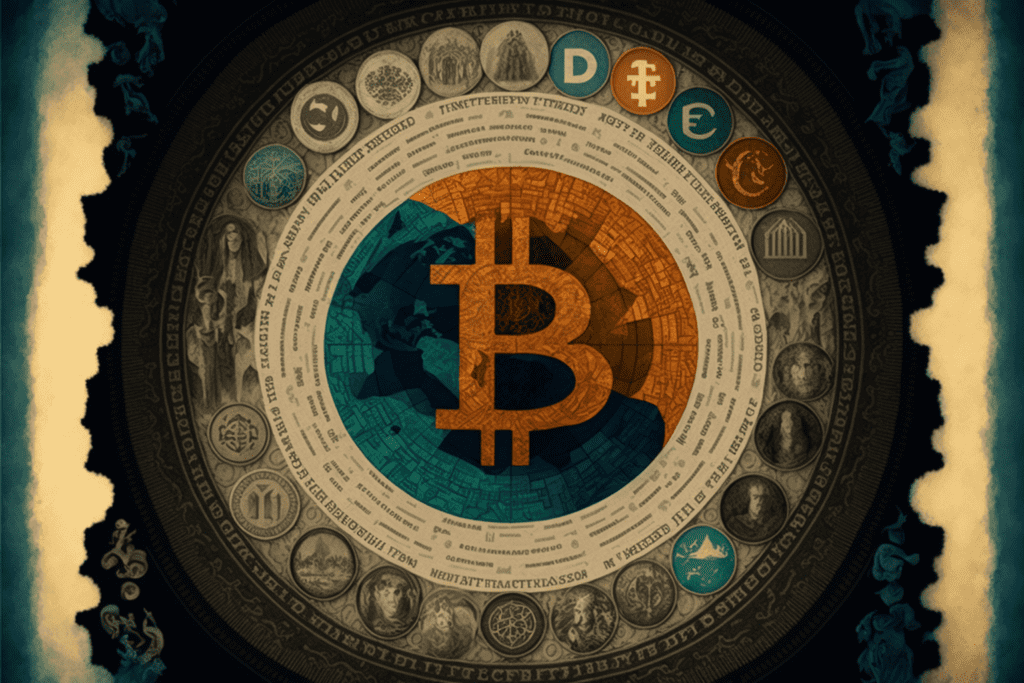
Stages of Evolution
The transition from a market good to money is a gradual process, involving four key stages.
1. Collectible
2. Store of Value
3. Medium of Exchange
4. Unit of account
Collectible

Store of Value

Medium of Exchange

Unit of Account

Volatility, is it bad?

The question of whether volatility is a good thing or a bad thing really depends on which stage of the evolution we are talking about.
During the collectible stage, the monetary good has no purchasing power and so by default, there can be no volatility. Although it may have value to an individual, it will not have value for trade with someone else.
During the store of value phase, volatility to the upside is often seen as a good thing. This is where you can gain the greatest purchasing power of any given monetary good.
During the medium of exchange phase, volatility is considered a bad thing. In Argentina, the currency is so volatile that menus in some restaurants are no longer printed. They have QR codes that display a digital menu with up-to-date prices minute to minute. If you were to accept Argentinean pesos in the morning, you take a real risk of a significant reduction of value by the afternoon.
During the unit of account phase volatility is neither good nor bad. If the currency is a true unit of account, liquidity would have reached its absolute maximum and price fluctuations should be accurate representations of what the collective free market is doing. Accuracy is the most important feature when money is utilised as a unit of account. If there is volatility, this is a reflection of the volatility of the goods in that economy. Just like degrees celsius and centimetres are units used to measure temperature and length, a monetary unit of account measures value.
Note that this is only true if the unit of account is reliable. If your local currency is doubled in supply, it would be reasonable to expect the average price of goods and services also to increase. It’s akin to having a stretchy rubber ruler to try and measure a table. At some point, you are better off using the table to measure the “ruler”. These days many countries actually do this and have adopted a separate number called the CPI (Consumer Price Index). This number is used to measure the degree of error of their “unit of account” against other goods and services.
Bitcoin fixes this and we will discuss the phenomenon of inflation further in the Austrian Economics Series.
Money Trends to One

We discussed in our previous article why money is simply the most saleable good in an economy. The key here is most, which means, naturally, there can only be one.3
Money may differ in different places if there are enough barriers. One society may use sea shells while another may use gold simply because the two economies are separated far enough by distance to never interact. These days we live in a very connected global economy, and the barriers in modern times are different. Sovereign nations may impose physical borders, capital controls, and legal tender laws in order to monopolise the local currency.4
When a local currency collapses and such barriers can no longer be imposed, it often reverts back to a free market natural selection of money. This happened with the hyperinflation of Weimar Germany in the 1920s. People used foreign currency, such as the US dollar, as a more stable form of money. It also occurred in Argentina in the early 2000s. The Argentinean peso experienced severe devaluation and people used the US dollar as a more stable form.5
The Internet revolution also brought a dramatic reduction of barriers to the global economy. As encryption technology improves, information and communication become increasingly harder to control. Will a single global unit of account form over time? It’s hard to predict, but these factors make that scenario increasingly more likely.
In the next article, we’ll go into the common properties of a monetary good that increases its chance of being freely adopted as money. We’ll also discuss what occurred historically when these properties were violated.
References
- Szabo N. Shelling Out: The Origins of Money. Nakamoto Institute. 2002. Available from: https://nakamotoinstitute.org/shelling-out/ [accessed 25 November 2022]
- Boyapati V. The Bullish Case for Bitcoin. Medium. 2018 Available from: https://vijayboyapati.medium.com/the-bullish-case-for-bitcoin-6ecc8bdecc1
- Menger, C. (1892). On the Origin of Money. Economic Journal, 2, 239-255.
- Murphy R. Cooperation, Enterprise, and Human Action. 1st ed. Independent Institute; 2015.
Eichengreen B. When Currencies Collapse. Foreign Affairs. 2012 Jan-Feb. Available from: https://www.foreignaffairs.com/world/when-currencies-collapse
These articles were designed to make these concepts more palatable. If you’re interested in reading a more in-depth perspective on the concept of money, consider the following:
Robert Breedlove, “Money, Bitcoin and Time“ Saifedean Ammous, “The Bitcoin Standard: A Decentralised Alternative to Central Banking”. Wiley, 2018
Vijay Boyapati, “The Bullish Case for Bitcoin”
Robert Breedlove, “Masters and Slaves of Money“
Nick Szabo, “Shelling Out: The Origins of Money“

Ruki is a passionate Bitcoin educator who firmly believes in the principles of the Austrian School of Economics. As a sound money advocate he recognises its benefits to individuals and society as a whole. He is dedicated to empowering those without financial access to take control and build a more secure future.
